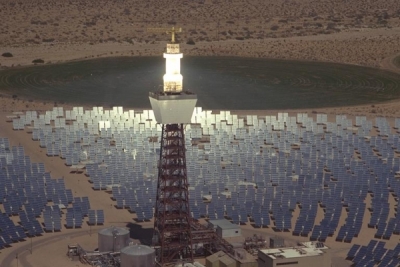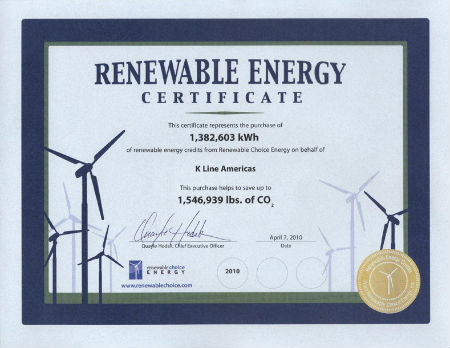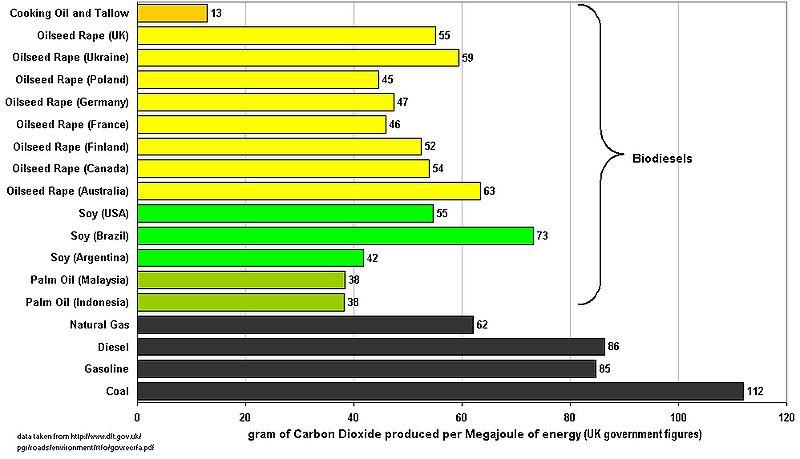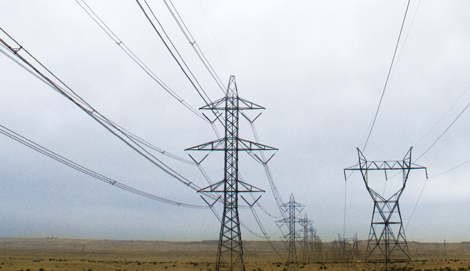You are here
Clean grid power is electricity that is generated by solar, wind, or other clean renewable energy sources, but is not generated on-site. Instead, it is purchased from utilities and transmitted over municipal infrastructures.
Clean grid energy is important to drive markets towards renewable energy generation on a large scale for mass consumption. It can also be less expensive and less maintenance than on-site generation.
Cost Effectiveness
The primary advantage of utility-scale energy generation is cost-effectiveness. Part of this is from economies of physical scale, part of it is from economies of operational expertise, and part of it is from optimal siting.
 |
Solar power towers require large physical scale |
Many technologies, such as wind power and solar steam turbines are more cost-effective in large installations, where physically larger devices simply generate more power at less cost. Large-scale wind power is approaching the low cost of coal, and is already less expensive than gas in some regions.[1]
Some technologies, such as concentrated photovoltaics, do not necessarily benefit from sheer size, but are so technically advanced that the cost of expert operations and maintenance is only feasible for a large installation in order to be priced competitively.
Finally, buying electricity rather than generating it on-site means that the generation can take place in a site with better conditions. For instance, a wind farm can be located on a windy ridge rather than in the middle of a city of gentle breezes; an array of PV panels can be located in a sunny desert rather than a cloudy coastal town.
While clean grid power is often more economical than on-site energy generation, it is usually still more expensive than standard fossil-fuel-based grid power. Costs vary greatly by region, and some regions' standard grid power has a high percentage of renewables.
Renewable Energy Certificates
Not all electric utilities offer programs where customers can purchase renewable energy. For buildings in such areas, Renewable Energy Certificates (also called Renewable Energy Credits, or simply RECs) can be purchased. You purchase the installation of clean energy generation into the electrical grid somewhere, but without the benefit of actually getting the energy yourself.
 |
|
A certificate for renewable energy credits |
Of course, this is a less cost-effective option, because the cost of RECs is over and above the cost of electricity you purchase to actually run your building. But for projects committed to a carbon-neutral building, it can still be less expensive than the cost of installing on-site clean energy generation.
RECs are indirect, but they are a real environmental improvement. Adding renewable energy generation instead of new fossil fuel-burning plants will have the same benefits in any electrical grid anywhere. It does not matter whether you happen to be the one using that electricity.
RECs consist not only of solar and wind projects, but also biomass, hydroelectric, and other generation methods. You as the purchaser can choose what kinds of power are "green enough" for your standards. Some governments and non-governmental organizations have listings of REC providers and the kinds of energy they generate.
RECs vs. Carbon Offsets
RECs can also be traded in cap-and-trade carbon markets. RECs are similar to carbon offsets, though carbon offsets are measured in kg of CO2 emissions, while RECs are measured in kWh of electricity generation.
To translate from kWh to kg CO2, simply determine the kind of power plant that would have been built if the REC did not exist (coal, natural gas, etc.), and use its emission intensity to determine the kg of CO2 per kWh of electricity it would have caused. To verify that the REC's clean energy is actually being produced, there are third-party certification and tracking systems.
 |
| Emission intensity of different fuels (click to enlarge) |
[1] From Wind Energy Myths by US National Renewable Energy Laboratory
Links and References
- DOE Guide to Green Power Purchasing
- EPA Guide to RECs
- DOE REC List

